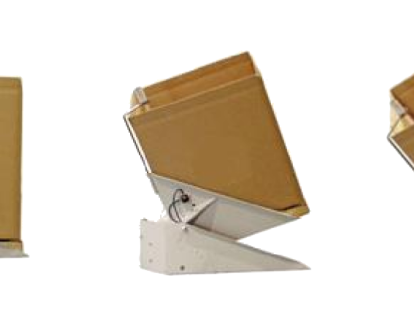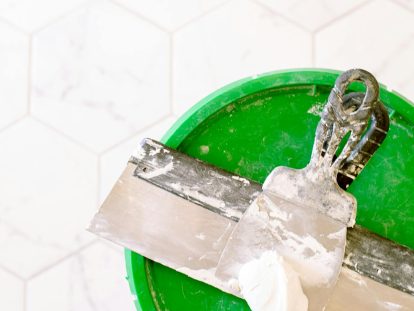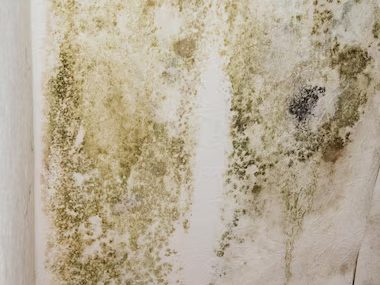Blog
Boosting Anti-Condensation Paints with 3M™ Glass Bubbles
Optimize your anti-condensation paints with the superior properties of 3M™ Glass Bubbles.
Discover effective techniques for integrating these innovative microspheres to improve moisture resistance, thermal insulation, and overall paint durability.
The rising demand for anti-condensation paints has led to innovative solutions designed to reduce moisture buildup in homes. One such solution involves using 3M™ Glass Bubbles, which significantly improve the thermal insulation and moisture resistance properties of these paints. This guide delves into the benefits and applications of 3M™ Glass Bubbles in anti-condensation paints, showcasing their effectiveness in combating moisture issues.
Table of Contents:
Related 3M™ Glass Bubbles Articles
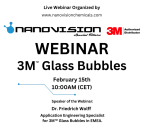
Revolutionizing Paint and Coating Industry with 3M™ Glass Bubbles

How 3M™ Glass Bubbles Improve Thermal Insulation in Exterior Paints

The Technology Behind Anti-Condensation Paints
Understanding Condensation and Its Issues
Condensation is a common issue in homes, particularly in areas with high moisture levels like bathrooms, kitchens, and basements. It occurs when moist air comes into contact with cold surfaces, leading to the formation of water droplets. Over time, this can cause mold growth, mildew, and structural damage.
3M™ Glass Bubbles: An Overview
3M™ Glass Bubbles are high-strength, low-density, inorganic additives made from soda-lime-borosilicate glass. These bubbles are used across various industries for their thermal insulation properties. Due to their hollow shape, 3M™ Glass Bubbles reduce the thermal conductivity of materials, making them ideal for enhancing anti-condensation paints.

The structure of 3M™ Glass Bubbles
Enhancing Anti-Condensation Paints
There are two primary types of anti-condensation paints:
- Porous Paints: Formulated above the Critical Pigment Volume Concentration (CPVC), these paints absorb moisture but often have lower durability and resistance to stains and scrubs.
- Non-Porous Paints: Formulated below CPVC, these paints are impervious to water and offer better durability and thermal insulation.
Role of 3M™ Glass Bubbles
3M™ Glass Bubbles play a crucial role in enhancing the thermal insulation properties of anti-condensation paints. By reducing thermal conductivity, these bubbles help increase the surface temperature of walls, thereby delaying the onset of condensation.
Test Methods and Results
Condensation Time Test
To evaluate the effectiveness of anti-condensation paints, a condensation time test was developed. This test measures the time it takes for condensation to form on painted surfaces under controlled humidity and temperature conditions.
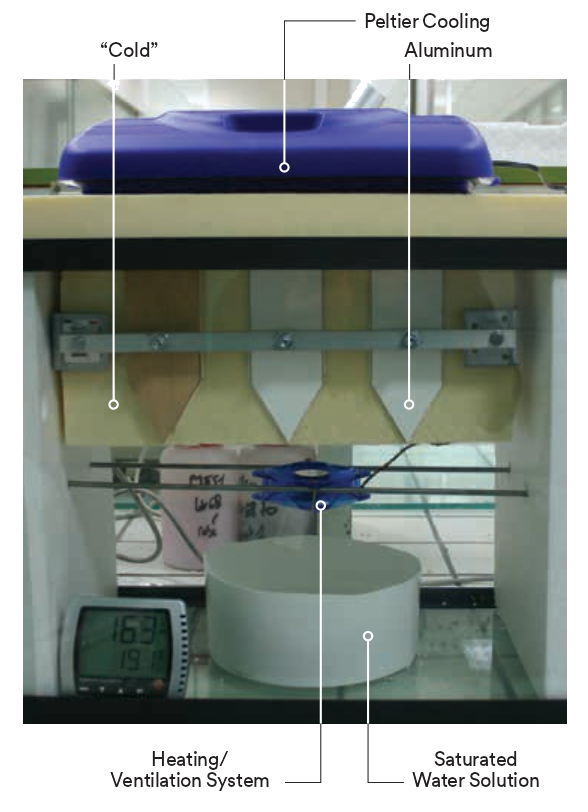
Test setup for measuring condensation time on painted surfaces.
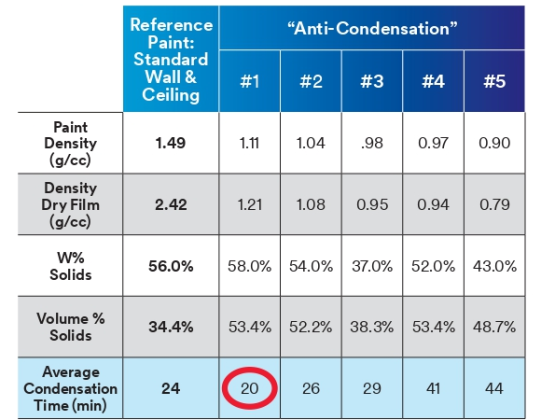
Comparative erformance of various anti-condensation paints.
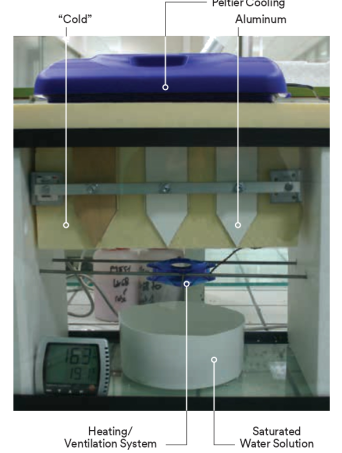
Test setup for measuring condensation time on painted surfaces.
Comparative Performance
Various anti-condensation paints, including those containing 3M™ Glass Bubbles, were tested. The results showed that paints with 3M™ Glass Bubbles had significantly longer condensation times compared to standard paints, demonstrating superior performance.
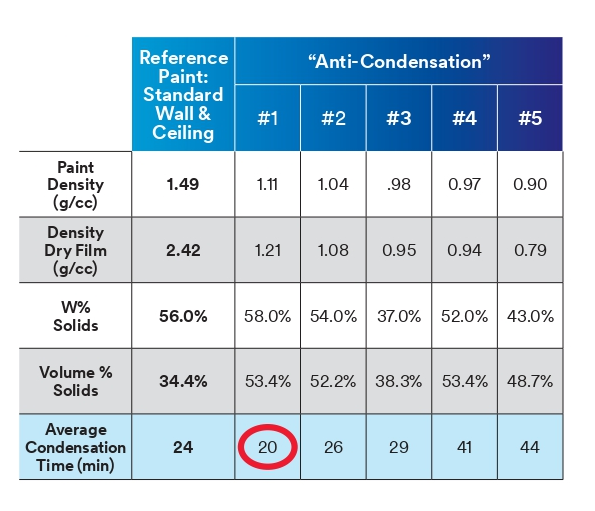
Comparative erformance of various anti-condensation paints.
Optimized Formulation with 3M™ Glass Bubbles
An optimized anti-condensation paint formulation was developed using 3M™ Glass Bubbles S22. This formulation achieved a condensation time of 45 minutes, outperforming many commercially available paints.
For a detailed understanding of how 3M™ Glass Bubbles can enhance your anti-condensation paint formulations, and to see the specific formulation used, request to download the comprehensive document. It provides a thorough analysis of how 3M™ Glass Bubbles can enhance your anti-condensation paint formulations, offering you the tools to optimize your products effectively.
Conclusion
Integrating 3M™ Glass Bubbles into anti-condensation paints presents a highly effective solution to moisture-related issues in homes. These paints significantly improve thermal insulation and extend condensation times, providing durable and efficient moisture control.
Interested in optimizing your anti-condensation paint formulations?
Request a sample today and take the first step towards creating superior, moisture-resistant paints with 3M™ Glass Bubbles!



